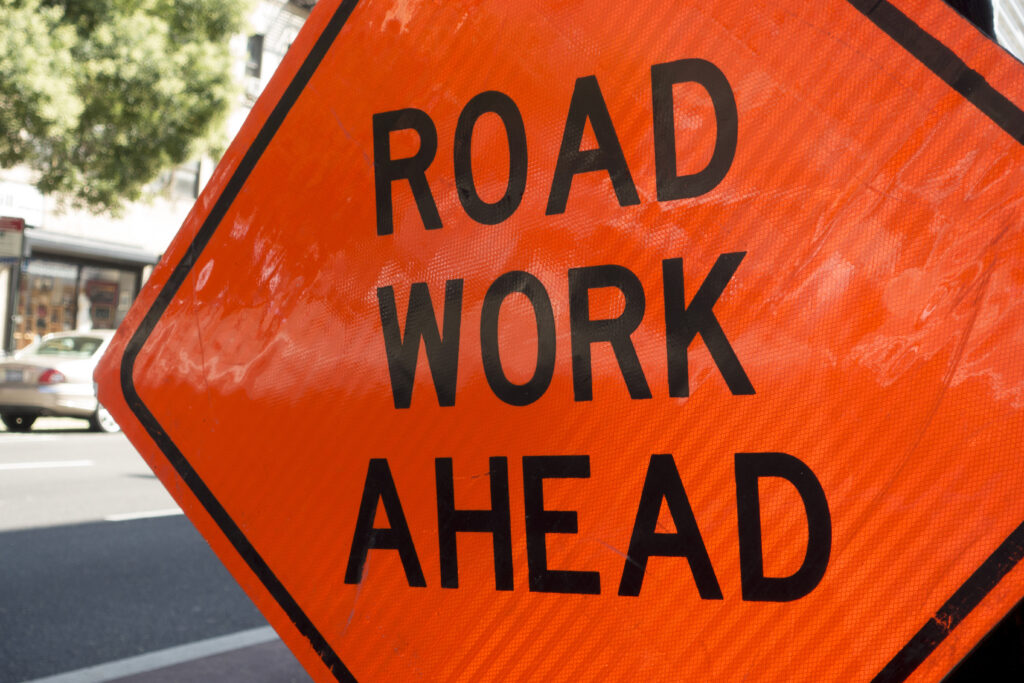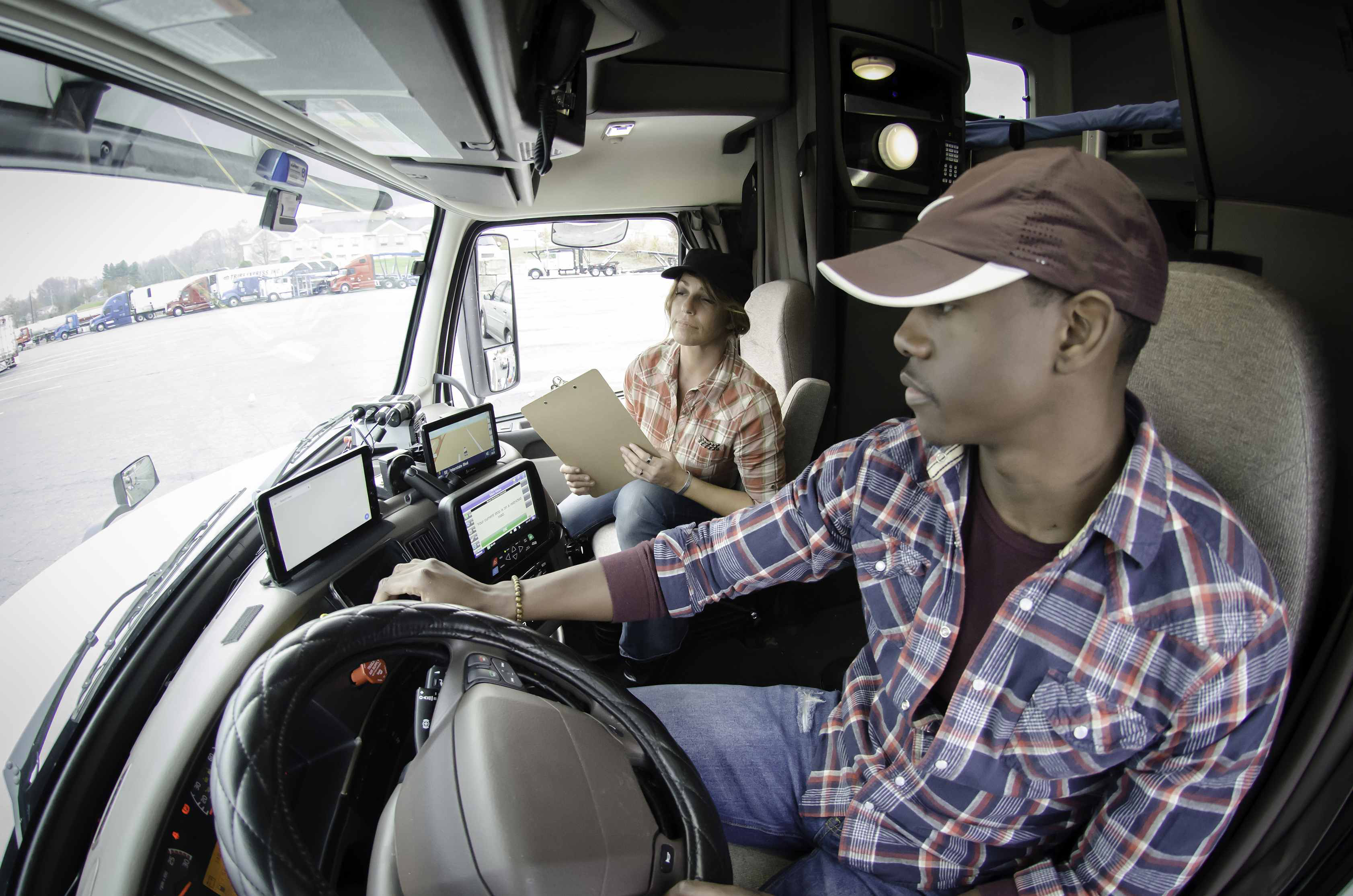For large trucks and buses with a gross vehicle weight or gross combination weight of 10,001 lbs or more, the Federal Highway Administration (FHWA), the Federal Motor Carrier Safety Administration, and the National Highway Traffic Safety Administration (NHTSA) use the term CMV. Data on yearly fatal injuries in motor vehicle traffic crashes in the United States is provided by the NHTSA Fatality Analysis Reporting System (FARS). FARS has specific information on the trucks and buses involved in fatal crashes in addition to a general data query system. According to FARS data, 208 of the 774 fatal crashes in work zones in 2020 (or 26.9%) involved a CMV (figure 1). Although there were fewer fatal work zone crashes involving CMVs in 2020, there has still been a noticeable upward trend over the previous ten years.
Your best business moments happen when everything is in place. Let Advantage Insurance Solutions find the right coverage you need for your business at the best value. Get a Quote
The peak year for DMV fatal work zone crashes and the percentage of CMV involvement in fatal work zone crashes can be seen in the graph of fatal crashes over ten years, from 2011 to 2020.
Compared to fatal crashes involving CMVs that occurred outside of work zones, rear-end collisions were significantly overrepresented in fatal crashes involving CMVs in work zones. From 2018 to 2020, rear-end collisions accounted for more than 50% of all CMV-related fatal work zone crashes, compared to about 22% of fatal CMV-related crashes outside of work zones (figure 2). Rear-end collisions accounted for nearly 77 percent of fatal CMV-involved work zone crashes on rural interstates and more than 64 percent of fatal CMV-involved work zone crashes on urban interstates. The CMV did not always collide with the back of another vehicle in crashes. In reality, only 46% of fatal CMV crashes in work zones involved a frontal collision, while in 38% of these crashes, the impact point was the rear of the CMV. The CMV’s sides were the site of the remaining 16% of impacts.
Several State departments of transportation (DOTs) are taking action to address the correlation between fatal work zone crashes and CMVs. State DOTs shared their noteworthy procedures to raise CMV safety in work zones during the various workshops the FHWA Work Zone Management Program held. The State DOT workshops often covered the following common noteworthy practices.
Protect your business, your employees, and everything you’ve worked hard for with Business Insurance. Get a quote here or speak to one of our Business Insurance Experts at (877) 658-2472 today!
Notable Techniques
Considering the effects of CMV early on— Engineers and designers should identify potential CMV issues during project scoping and preliminary design and suggest mitigation measures to better accommodate CMVs. This procedure might entail selecting queue mitigation strategies while taking into account the temporal effects of CMVs and performing sensitivity analyses. This procedure can also include inspecting design elements like lane width, shoulder width and condition, buffer space, and transition and crossover design that may have an impact on CMV safety.
With all of these advantages, protecting your employees and vehicles is critical with Commercial Auto Insurance. Get a quote today
Dynamic lane merging entails the use of advanced warning signs and changeable message signs to give drivers instructions on when to merge based on traffic conditions. When there is no traffic, drivers are urged to merge early. Drivers should use all lanes to the merge point when traffic slows down, then alternate entering the open lane. Roadway users will encounter shorter queue lengths, fewer last-second merge-related issues, and decreased road rage by establishing merging behavior based on traffic conditions. Coordination with enforcement regarding move-over laws and driver education are two major obstacles to implementing dynamic lane merging.
It’s a jungle out there, and I’m not talking about the actual jungles. All sorts of things can go wrong, from fires to injuries to equipment failure from implementing a wrong vendor choice. Get the protection you need for your business and employees with Advantage Insurance Solutions. Get a Quote
Use of the left lane by CMVs—When the right lane or shoulder pavement is subpar, it is advantageous to encourage CMVs to use the left lane to improve merging opportunities for vehicles entering roads via on-ramps. This lane preference can be communicated using a variety of tools, including pavement markings, dynamic message signs, and static signs.
Running a business isn’t easy, especially when you have to think of the little details. That’s why companies need Commercial Auto Insurance. Get a Quote
The movement of large CMVs into or out of a construction access point can have an impact on work zone safety. As a result, access point designs should be improved. For construction vehicles to gradually enter or exit at construction access points, separate acceleration lanes, deceleration lanes, or both, could be provided. To alert road users of vehicles entering and leaving work zones, smart work zone technology can also be added, such as static signs with beacons and dynamic message signs. To interact with road users, it’s also essential to enforce the speed limit and educate the public.

Enforcement—
The presence of law enforcement can help to increase the safety of work zones. The use of automated speed enforcement or enforcement from the shoulder can discourage risky driving practices in construction zones.
The road to your business goals can be riddled with potholes like product recalls and injuries sustained during athletics. Come insurance for small businesses. Advantage Insurance Solutions can get you covered. Get a Quote
Education
Including information about CMV safety in already-existing work zone safety materials, and creating materials that explain how road users should correctly execute a dynamic merge. Educating drivers about work zone safety—especially around CMVs—can help lower the likelihood of accidents.
To better identify potential CMV issues and mitigation strategies to better accommodate CMVs early in the process. Representatives and associations from the trucking industry can be invited to participate in the project development process. The trucking industry’s stakeholders can be informed by transportation agencies about upcoming and ongoing work zones. Including details about lane closures, detours, and size/weight restrictions.
Need coverage for your fleet? Advantage Insurance Solutions has your back. We shop competitive commercial auto insurance quotes for you. Get a Quote
Driving Safely in Construction Zones
Employers should require their CMV drivers to adhere to a few rules when driving through construction zones. These consist of:
If you fail to plan, you’re planning to fail. Get a Business Insurance Quote today. Start Here
Being attentive
Drivers should always keep their attention on the road. According to FMCSA regulations, it is specifically unlawful to make hand-held phone calls while operating a motor vehicle. Even though they can use hands-free equipment to make phone calls. Drivers shouldn’t talk on the phone while operating a vehicle. Drivers should also pay attention to any signage in work zones and follow any instructions on it.
Without commercial auto insurance, your company’s revenue-generating vehicles are just another liability waiting to happen. Get a Quote Now
Sluggishing down
When entering and passing through a work zone, motorists should automatically slow down. If there are actual construction workers present, this is especially crucial. However, drivers may have more time to react if they slow down in work zones if there is an unexpected hazard. Drivers must always adhere to the posted speed limit in construction zones, regardless of the direction of traffic flow.
Drivers should move into open lanes as soon as they are warned that a work zone is approaching so they can keep a safe distance from it. Before changing lanes, drivers should always check their blind spots to avoid potential collisions.
Don’t be caught without Business Insurance. Protect your business, employees, and everything you’ve worked hard for. Get a quote now!
Maintaining a safe distance
To reduce rear-end collisions, drivers should maintain a safe distance from other vehicles both inside and outside of work zones. Given the FMCSA’s recent report that rear-end collisions have increased by 29%, this practice is especially important.
How far would you go to protect your business, employees, and everything you’ve worked hard for? Liability insurance can help ensure you’re protected against accidents and unexpected eventualities. Get a Quote

